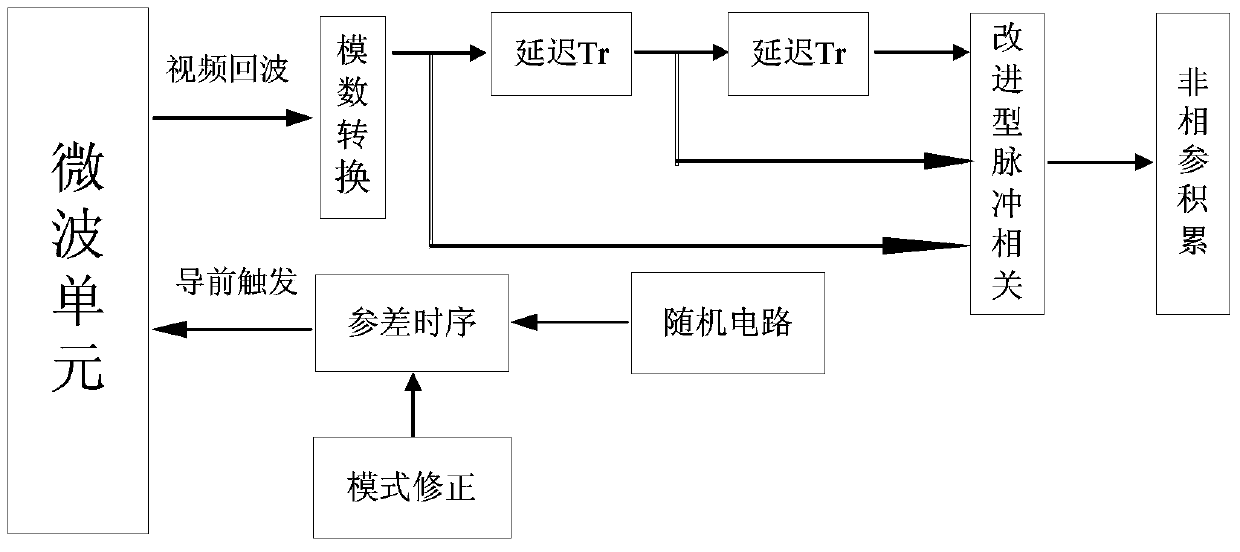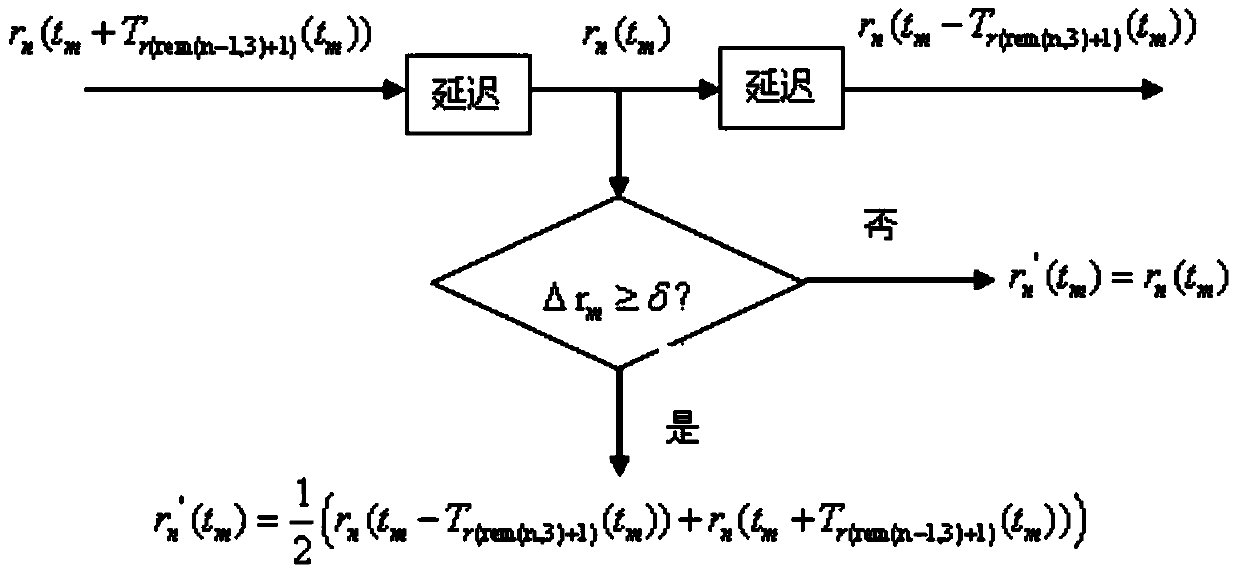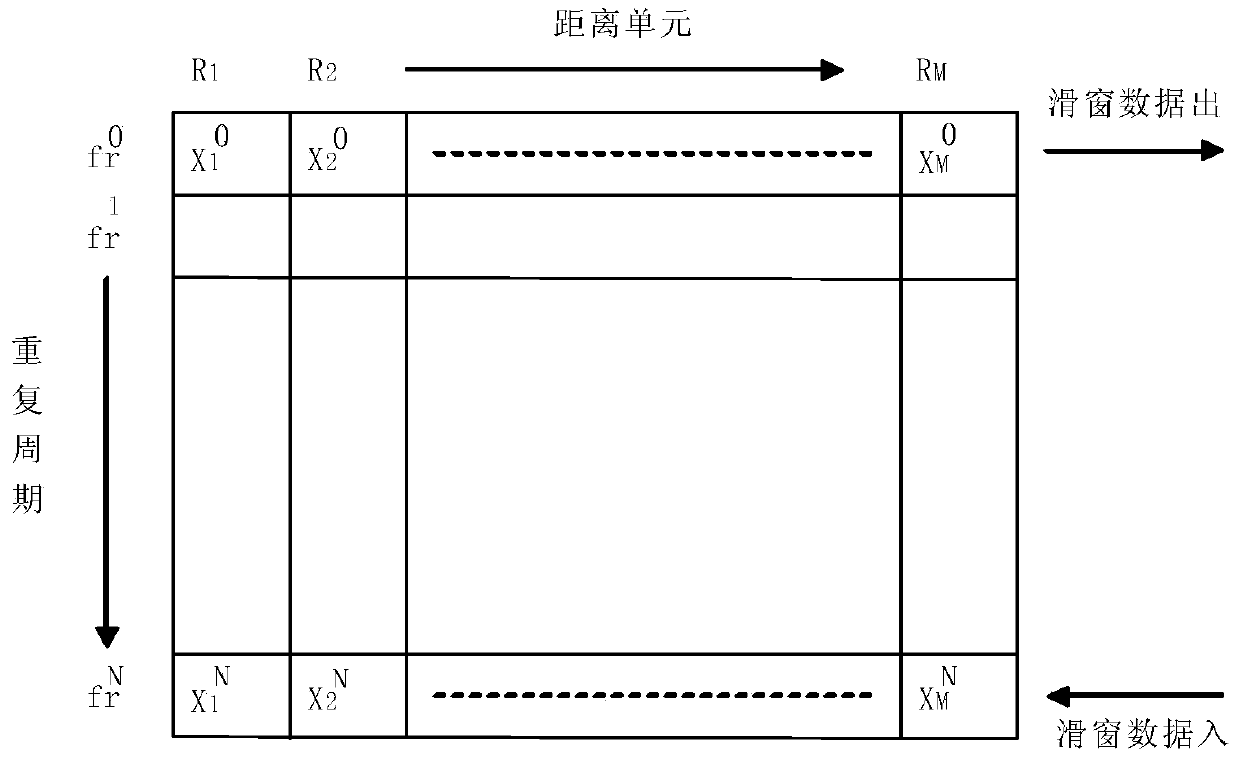Ship radar anti-same-frequency-interference signal processing method based on FPGA
A co-channel interference and signal processing technology, applied in the field of ship navigation radar, can solve problems such as lost targets, residual interference, and difficult to deal with small targets with low signal-to-noise ratio
- Summary
- Abstract
- Description
- Claims
- Application Information
AI Technical Summary
Problems solved by technology
Method used
Image
Examples
Embodiment Construction
[0026] The embodiments of the present invention are described in detail below. This embodiment is implemented on the premise of the technical solution of the present invention, and detailed implementation methods and specific operating procedures are provided, but the protection scope of the present invention is not limited to the following implementation example.
[0027] see figure 1 , which is a flow chart of an FPGA-based marine radar anti-same-channel interference signal processing method provided by a preferred embodiment of the present invention. An FPGA-based anti-same-frequency interference signal processing method for marine radar, comprising the following steps: Based on the radar transmission signal, the microwave unit receives the original echo signal, obtains the video echo signal after frequency mixing and amplification processing, and then undergoes analog-to-digital conversion.
[0028] Step 1: Perform three-pulse staggered time sequence processing on the vid...
PUM
 Login to View More
Login to View More Abstract
Description
Claims
Application Information
 Login to View More
Login to View More - R&D
- Intellectual Property
- Life Sciences
- Materials
- Tech Scout
- Unparalleled Data Quality
- Higher Quality Content
- 60% Fewer Hallucinations
Browse by: Latest US Patents, China's latest patents, Technical Efficacy Thesaurus, Application Domain, Technology Topic, Popular Technical Reports.
© 2025 PatSnap. All rights reserved.Legal|Privacy policy|Modern Slavery Act Transparency Statement|Sitemap|About US| Contact US: help@patsnap.com



